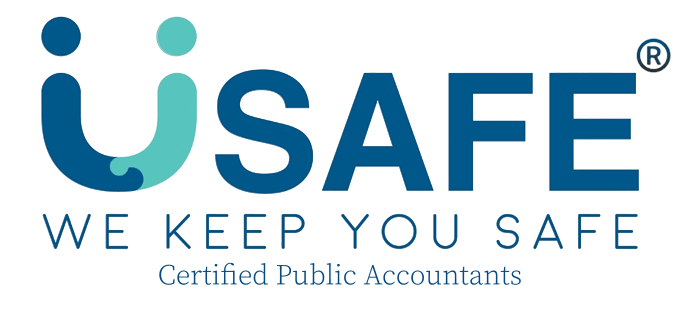IAS 40 Investment Property – Measuring and Reporting Property Held for Investment
1️⃣ Introduction: Understanding IAS 40 Investment Property
IAS 40 Investment Property sets the accounting rules for properties held to earn rentals or for capital appreciation, rather than for use in operations.
In Singapore, many firms own office units, shop lots, or long-term leaseholds. As a result, IAS 40 Investment Property ensures those holdings are valued transparently and disclosed consistently, improving investor confidence and audit reliability.
2️⃣ Purpose and Scope
IAS 40 applies to land or buildings that a company holds to earn rent, for value growth, or both.
It does not apply to:
-
Owner-occupied property (IAS 16 Property, Plant and Equipment)
-
Property held for sale in the ordinary course (IAS 2 Inventories)
-
Property being constructed for sale (IAS 2 or IFRS 15)
Therefore, classification depends on the asset’s purpose of use, not its legal ownership.
3️⃣ Recognition of Investment Property
A property qualifies as investment property when:
-
Future economic benefits from rental or appreciation are probable.
-
The cost is measurable reliably.
Entities recognise investment property initially at cost, including transaction costs such as legal fees and stamp duties.
4️⃣ Subsequent Measurement Models
After initial recognition, IAS 40 Investment Property allows two measurement models:
(a) Fair Value Model
-
Measure property at fair value each reporting date.
-
Record changes in fair value directly in profit or loss.
(b) Cost Model
-
Carry property at cost less accumulated depreciation and impairment (using IAS 16 principles).
Most Singapore entities prefer the fair value model, as it better reflects market conditions and enhances comparability across the real-estate sector.
5️⃣ Transfers and Reclassifications
A property’s classification may change when its use changes:
-
From owner-occupied to investment → revalue to fair value at transfer date.
-
From investment to inventory → use fair value as new cost for IAS 2 purposes.
Each transfer must have clear evidence of use change; otherwise, classification remains unchanged.
6️⃣ Disposals and Derecognition
An entity removes an investment property from the balance sheet when it sells it or permanently withdraws it from use.
Any gain or loss on disposal is recognised in profit or loss.
Consequently, accurate documentation of sale proceeds and carrying amounts is essential for transparent reporting.
7️⃣ Disclosure Requirements
IAS 40 Investment Property requires entities to disclose:
-
Measurement model chosen (fair value or cost)
-
Criteria for classification
-
Fair-value details and valuation techniques
-
Rental income and direct operating expenses
-
Reconciliation of carrying amounts at the beginning and end of the period
These disclosures help users assess performance and valuation assumptions. In Singapore, ACRA and auditors often examine fair-value gains under the FRSP programme to ensure reliability of valuation inputs.
8️⃣ Example: IAS 40 in Practice
Scenario:
uSafe Consultancy Pte. Ltd. owns an office unit in Woodlands leased to an SME for SGD 8 000 per month. The fair value at 31 December 2024 is SGD 2.2 million, up from SGD 2.0 million last year.
✅ Under IAS 40 Investment Property, uSafe recognises a fair-value gain of SGD 200 000 in profit or loss.
This treatment aligns reported income with market performance and improves transparency for readers of the financial statements.
9️⃣ Common Errors
-
Misclassifying owner-occupied buildings as investment property.
-
Omitting fair-value disclosures or valuation-method explanations.
-
Mixing rental income with service-fee revenue.
-
Recognising revaluation surpluses in OCI instead of P&L.
Avoiding these mistakes helps maintain compliance and audit confidence.
🔟 Best Practices
✅ Document valuation assumptions and external appraiser details.
✅ Review market data and rental yields regularly.
✅ Maintain separate GL codes for investment property income and expenses.
✅ Include transition phrases like therefore, in addition, as a result, and however to enhance readability.
As a result, companies present a clearer picture of asset performance and valuation methodology.
Conclusion
IAS 40 Investment Property ensures that entities measure and disclose investment holdings fairly and consistently.
Therefore, by applying this standard, Singapore businesses strengthen transparency, align with ACRA expectations, and demonstrate sound property-management governance.
Disclaimer: This article is for informational purposes only and does not constitute any professional advice. Feel free to contact us to consult with our professional advisors team for personalized advice and guidance.
Sources: https://www.ifrs.org/issued-standards/list-of-standards/ias-40-investment-property/




